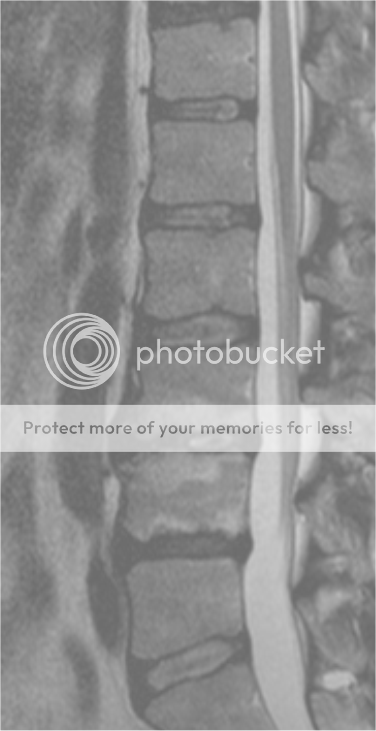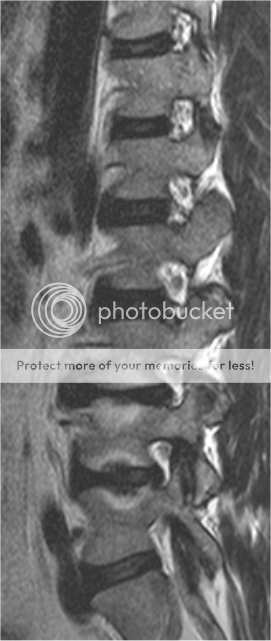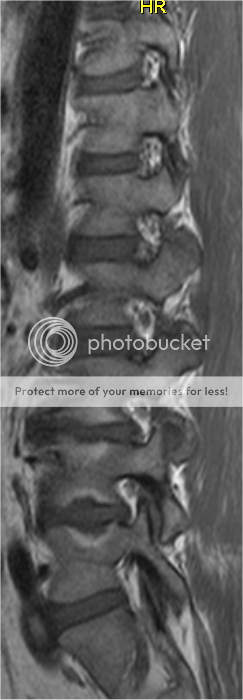- Nov 18, 2001
- 13,234
- 2
- 81
I know that I need to see a doctor for this, and I plan to soon. I'm just wondering if anybody can give me some ideas on stretches or something else. Or maybe it's a bigger deal than I think and I need to get in to see the doctor sooner.
I have pain in my back on the lower right side, just above the butt, below my back "dimple". It comes and goes, but it's definitely gotten worse lately. I also get some pain around my hip (front, side, and back) and into my groin. I also have some random pains down my thigh and my knee, calf, and ankle are all sore. I also have some pain randomly (not every day) in my abdomen on that side between my ribs and pelvis.
This has been going on for a few months, around the time where I developed a recurring ingrown toenail that affected the way I put weight on that foot. I've gotten that issue fixed now (final checkup tomorrow), but I'm still having the pain. I'm wondering if my awkward gait (because of the toe pain) has messed up that entire leg and hip. I've done a little research and I know that my main source of pain is right around the sacroiliac joint, so I figure that I've probably overstressed that joint and maybe have it pushing on the sciatic nerve. Is there something I can do for that? Will exercise or rest be better? I'm not sure that SJ inflammation and sciatica would explain random abdomen pain, which may just be caused by bad posture. Right now I'm sitting with that side scrunched up and the other side extended. I'm really just concerned that it's something serious, like testicular cancer or inguinal hernia, with sciatica thrown in for some of the pain.
Any recommendations?
I have pain in my back on the lower right side, just above the butt, below my back "dimple". It comes and goes, but it's definitely gotten worse lately. I also get some pain around my hip (front, side, and back) and into my groin. I also have some random pains down my thigh and my knee, calf, and ankle are all sore. I also have some pain randomly (not every day) in my abdomen on that side between my ribs and pelvis.
This has been going on for a few months, around the time where I developed a recurring ingrown toenail that affected the way I put weight on that foot. I've gotten that issue fixed now (final checkup tomorrow), but I'm still having the pain. I'm wondering if my awkward gait (because of the toe pain) has messed up that entire leg and hip. I've done a little research and I know that my main source of pain is right around the sacroiliac joint, so I figure that I've probably overstressed that joint and maybe have it pushing on the sciatic nerve. Is there something I can do for that? Will exercise or rest be better? I'm not sure that SJ inflammation and sciatica would explain random abdomen pain, which may just be caused by bad posture. Right now I'm sitting with that side scrunched up and the other side extended. I'm really just concerned that it's something serious, like testicular cancer or inguinal hernia, with sciatica thrown in for some of the pain.
Any recommendations?







